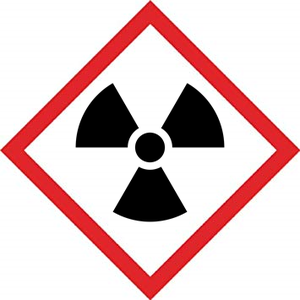Difference between revisions of "Nuclear Waste"
(→About Nuclear Waste) |
|||
| Line 11: | Line 11: | ||
:*[[Intermediate Level Nuclear Waste]] - '''Waste''' with a long [[Half Life|half life]] and a medium level of [[radioactivity]] so it requires shielding, but does not require cooling. | :*[[Intermediate Level Nuclear Waste]] - '''Waste''' with a long [[Half Life|half life]] and a medium level of [[radioactivity]] so it requires shielding, but does not require cooling. | ||
:*[[High Level Nuclear Waste]] - '''Waste''' which extremely [[radioactive]] but will not remain so for more than a few decades due to a short [[Half Life|half life]]. After around 50 years this becomes [[Intermediate Level Nuclear Waste]]. It requires shielding and cooling to prevent it heating up so much that [[Melting|melts]] or catches fire. | :*[[High Level Nuclear Waste]] - '''Waste''' which extremely [[radioactive]] but will not remain so for more than a few decades due to a short [[Half Life|half life]]. After around 50 years this becomes [[Intermediate Level Nuclear Waste]]. It requires shielding and cooling to prevent it heating up so much that [[Melting|melts]] or catches fire. | ||
| − | |||
| − | |||
| − | |||
===References=== | ===References=== | ||
Latest revision as of 16:12, 9 January 2020
Key Stage 4
Meaning
Nuclear waste is the radioactive material produced in nuclear reactions.
About Nuclear Waste
- Nuclear waste emits ionising radiation and can cause irradiation of tissue or can contaminate other materials.
- Nuclear waste is produced in nuclear fission reactors and must be disposed of safely to prevent contamination of the environment and irradiation of living organisms.
- There are three so called 'levels' of nuclear waste:
- Low Level Nuclear Waste - Waste with a long half life but a low level of radioactivity so does not require shielding or cooling.
- Intermediate Level Nuclear Waste - Waste with a long half life and a medium level of radioactivity so it requires shielding, but does not require cooling.
- High Level Nuclear Waste - Waste which extremely radioactive but will not remain so for more than a few decades due to a short half life. After around 50 years this becomes Intermediate Level Nuclear Waste. It requires shielding and cooling to prevent it heating up so much that melts or catches fire.
